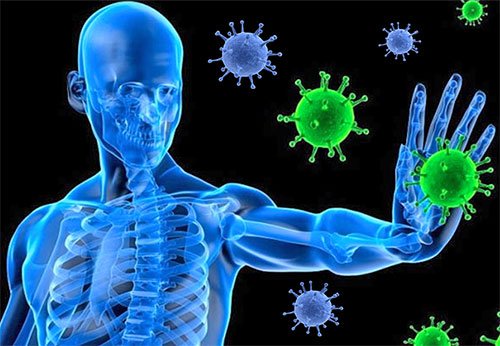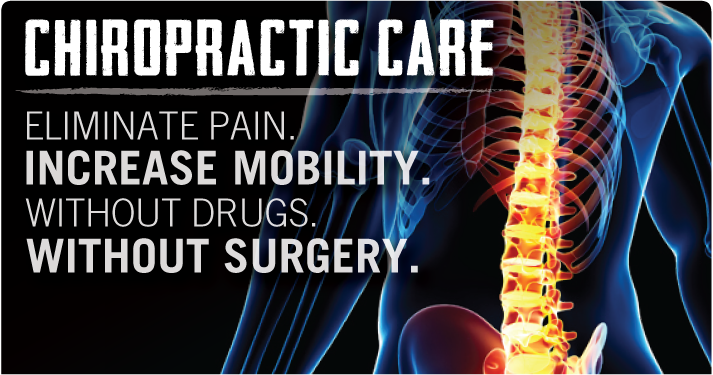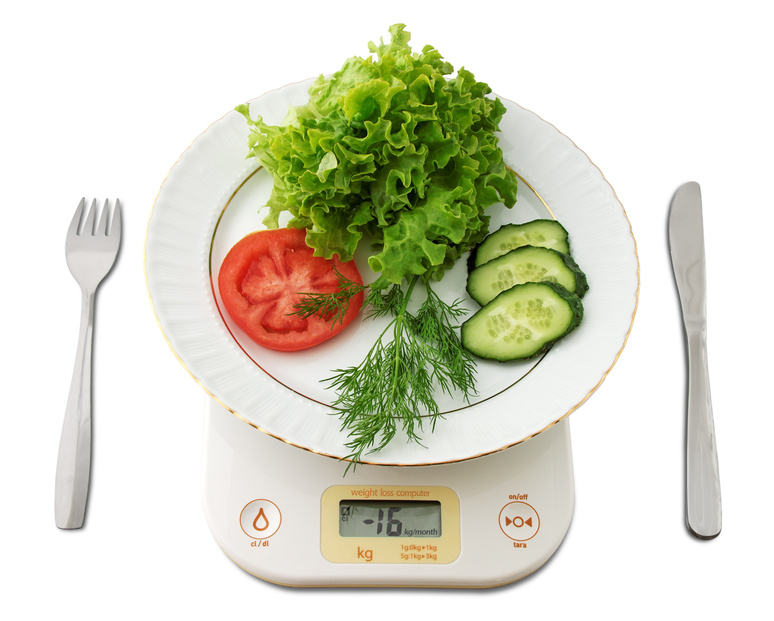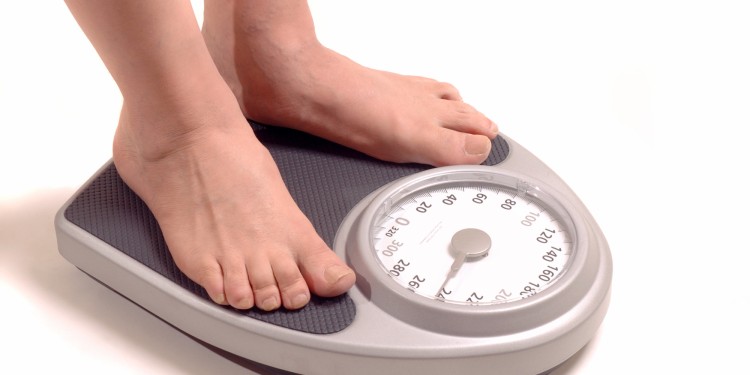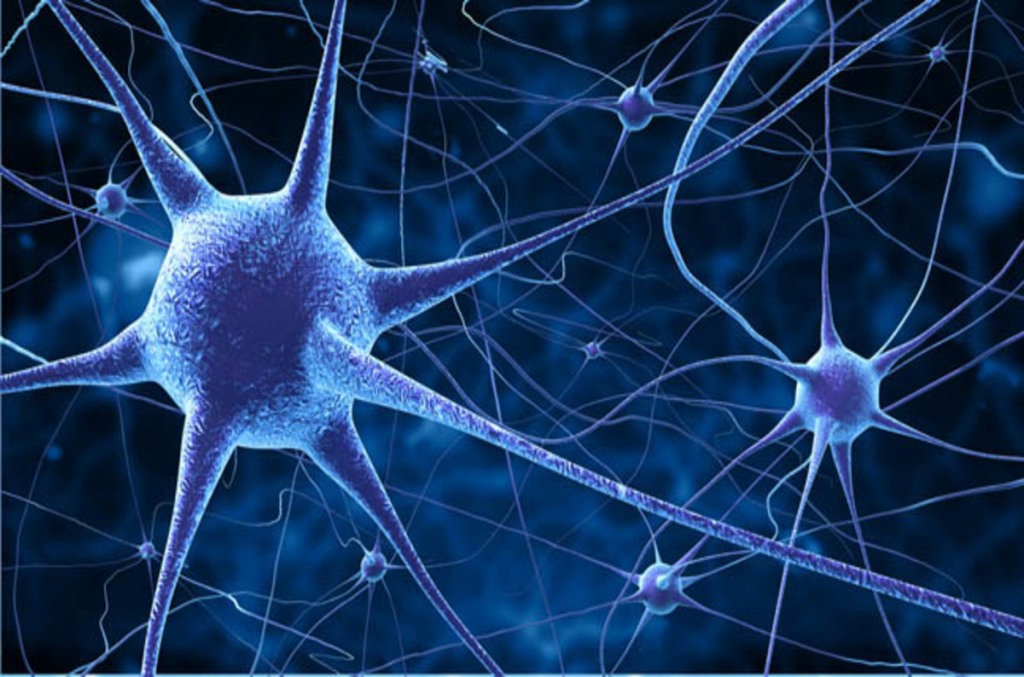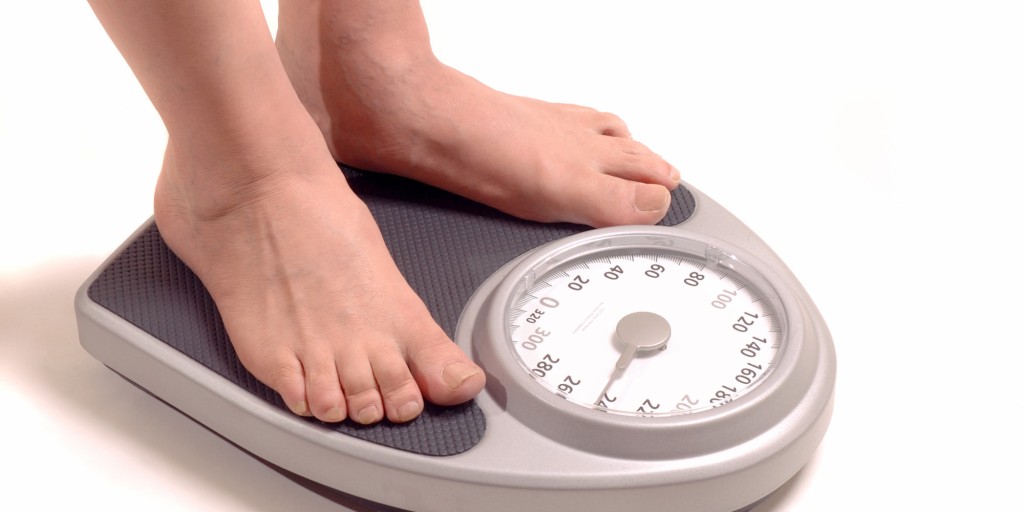
Migraines – Approximately 15% of the U.S. population experiences migraines, with women afflicted three times as often as men. While medications are often used as first-line treatments, up to 50% of people with migraines pursue complementary and integrative medicine. One promising non-pharmacological approach for migraines is chiropractic care, due to the co-occurence of migraine disease and neuromusculoskeletal tension and pain.
Low-Back Pain in Pregnancy– Low-back pain during pregnancy is a common occurrence and is mainly caused by hormonal and biomechanical changes. Patients with pregnancy-induced low-back pain (PILBP_ frequently complain of moderate to severe and disabling discomfort, often restricting their daily activities. According to multiple studies, chiropractic care can be effective in treating this condition. One study showed that patient who saw a chiropractor as their initial provider for low-back pain had 90% decreased odds of both early and long-term opioid use.
To read more please check out Chiropractic Economics July 13, 2020 edition page 24, or visit chiroeco.com

